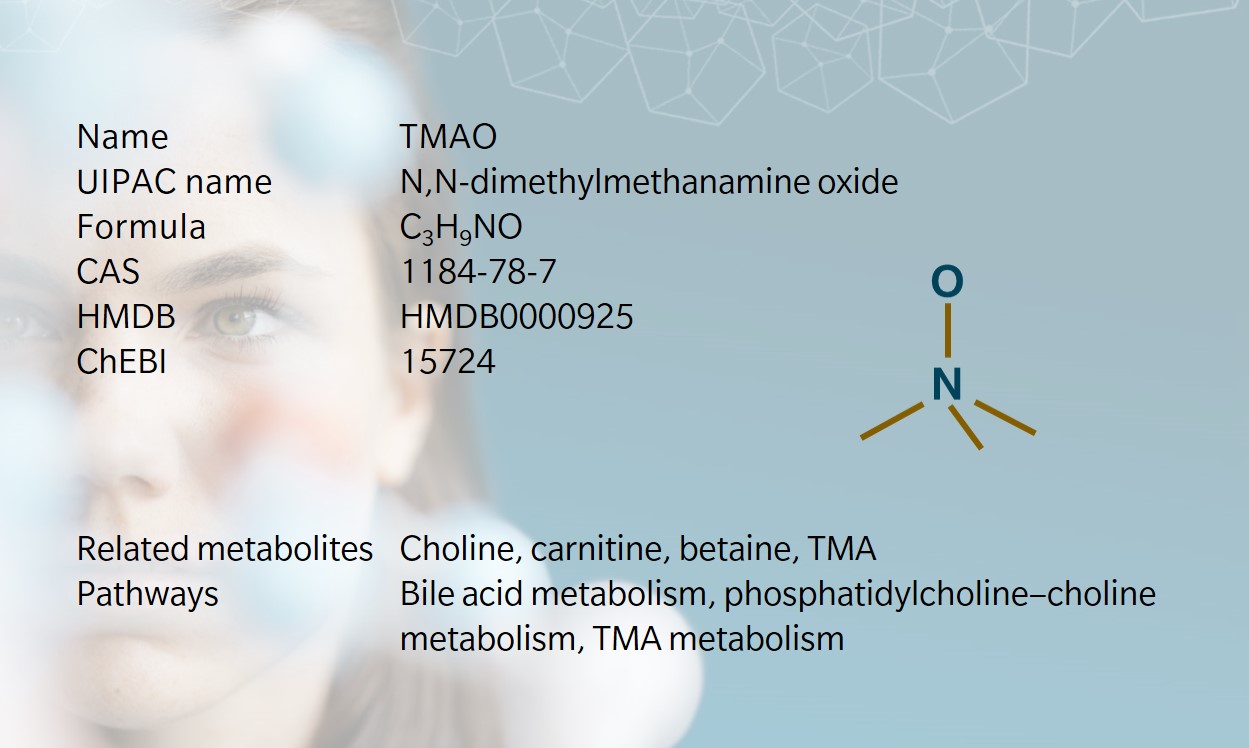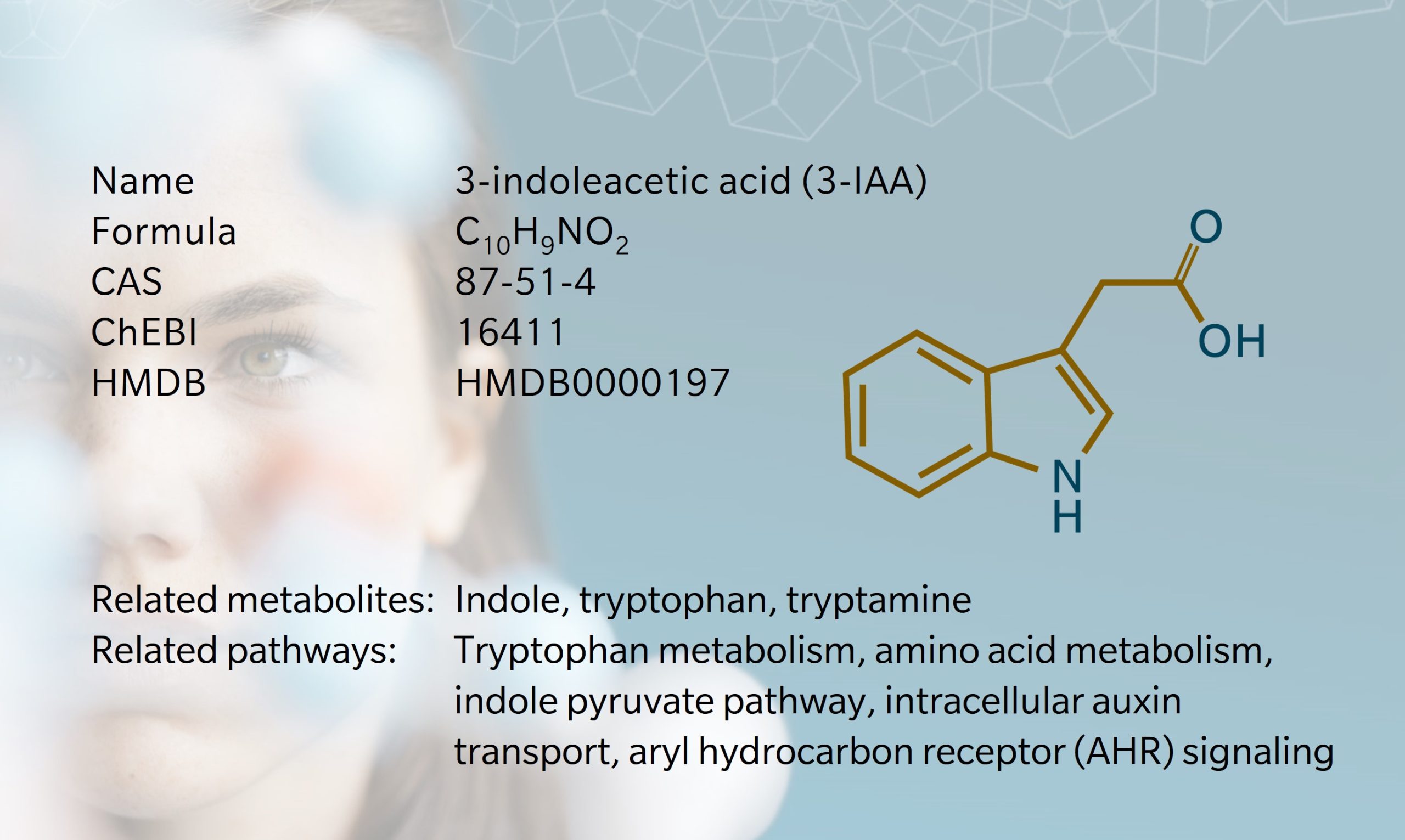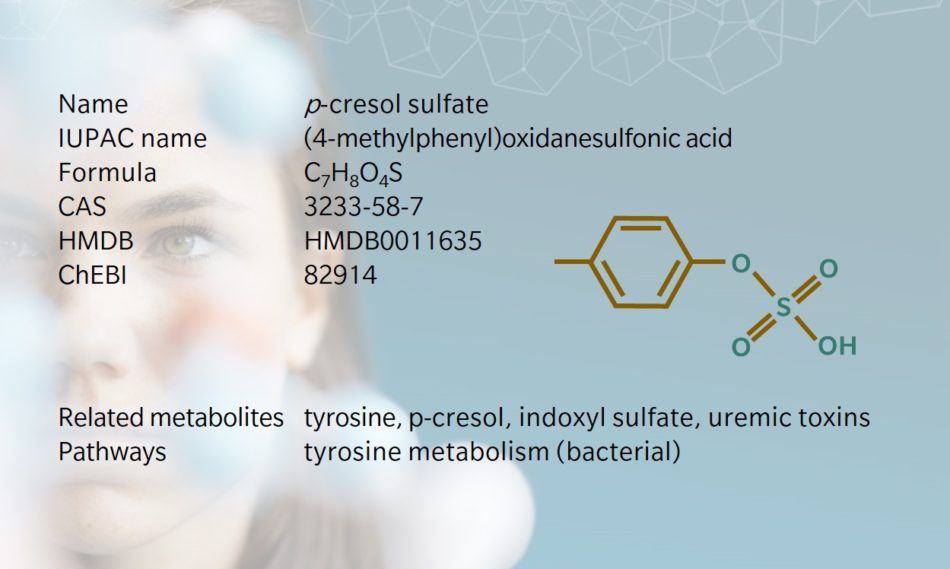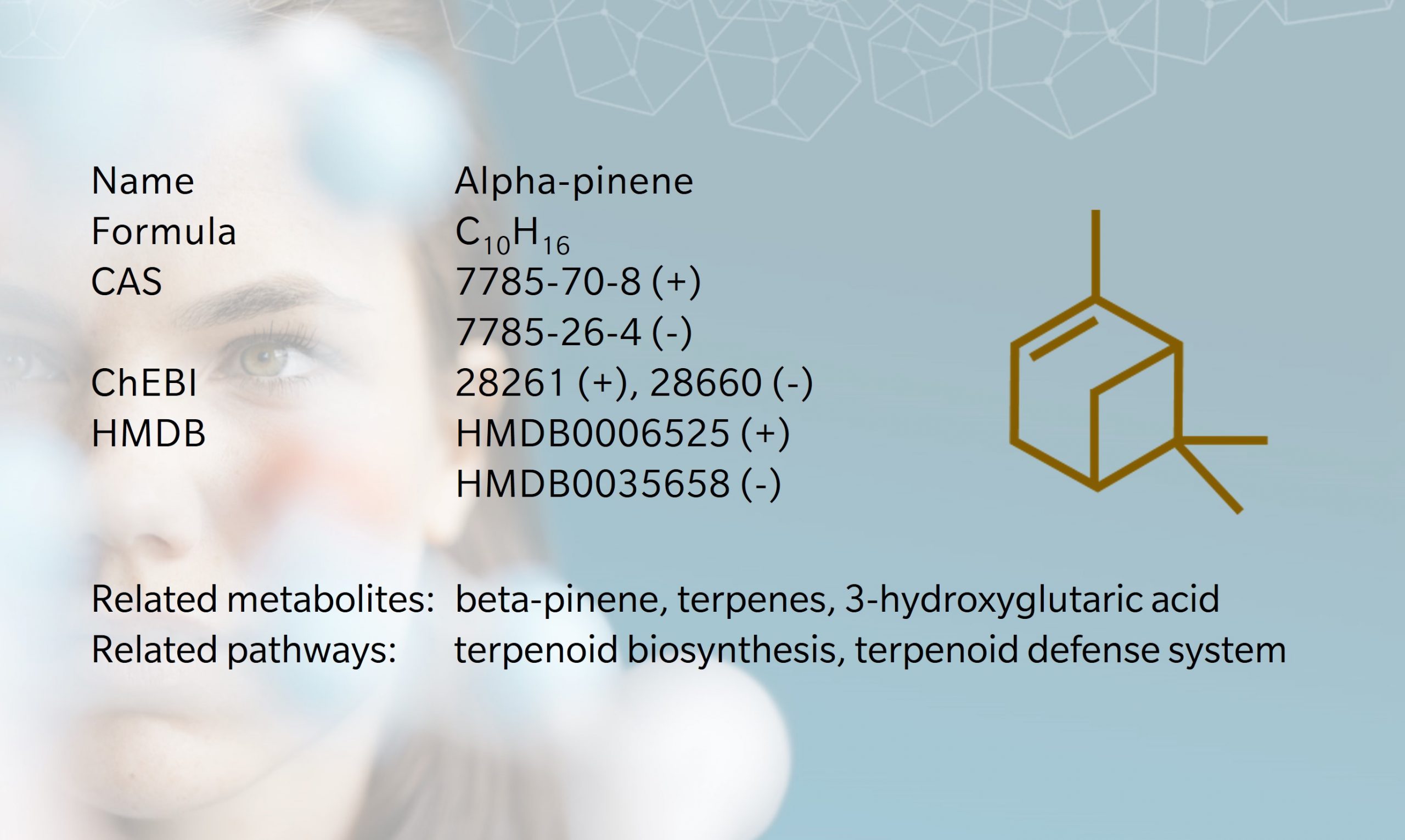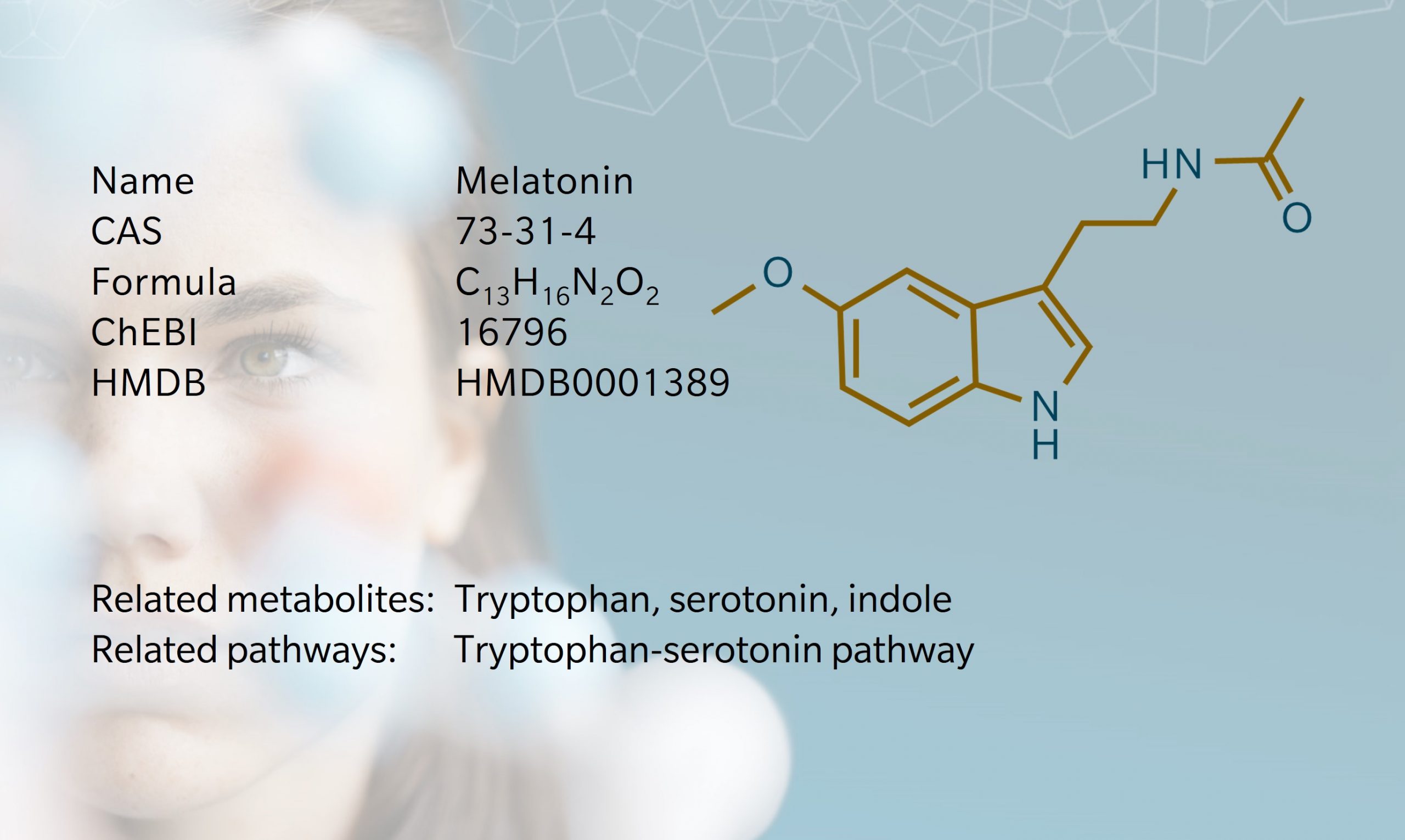
biocrates blog
Applications of metabolomics
Does metabolomics have a place in microbiome research?
Metabolomics highlights the significant role of microbial communities in human health, driving a paradigm shift towards towards personalized, proactive healthcare.
Trimethylamine N-oxide (TMAO) – A crucial metabolite linking diet, gut health, and cardiovascular risk
Trimethylamine oxide (TMAO), which has been suggested to be a “bad” metabolite
3-indoleacetic acid (3-IAA) – Exploring its impact on human health and metabolism
The metabolite of this month is 3-IAA, known as the most common plant growth hormone.
p-cresol sulfate – A key uremic toxin with implications for gut health and chronic disease
The metabolite of this month is p-cresol sulfate, a sulfate conjugate of the bacterial metabolite p-cresol, which is a uremic toxin.
The study of pre-diagnostic serum samples from the Norwegian Trøndelag Health Study (HUNT2 study) shows age-dependent differences linked to breast cancer risk
The study analyzed pre-diagnostic serum samples from healthy women in the Norwegian Trøndelag Health Study (HUNT2 study) to identify molecular biomarkers linked to breast cancer risk.
Metabolomics and application in colorectal cancer research
In this presentation Prof. Ose highlights the research conducted by an international consortium focusing on colorectal cancer (CRC) patients at the time of diagnosis.
Metabolomics in the Tohoku Medical Megabank and identification of biomarkers in gynecological cancer
Metabolomics, the comprehensive analysis of metabolites in vivo, has contributed significantly to research on the search for diagnostic biomarkers for various diseases.
Alpha-pinene – The terpene with powerful anti-inflammatory and respiratory benefits
As one of the metabolites responsible for the smell of conifers, alpha-pinene is a fitting choice for our festive Metabolite of the month.
Melatonin – The sleep-regulating hormone with far-reaching health benefits
Our metabolite of the month melatonin is an ancient molecule found in all living organisms from bacteria to humans, with an evolution that can be traced back 2.5 billion years.
Treatment of non-alcoholic fatty liver disease (NAFLD) as a chemopreventive strategy for other chronic disease: a metabolomics perspective
NAFLD is a key player in other chronic diseases – both as a prevalent comorbidity and a contributing factor. Does this mean that treating NAFLD could prevent those conditions?


